
Security Awareness and Human Risk
THE HUMAN RISK FACTOR
Cyber threats are constantly evolving. As hackers become more sophisticated in their tactics, the cybersecurity world has done its best to keep up. Industry-leading software and security solutions are constantly being updated and improved upon, as are government regulations that hold companies to the highest security standards. However, cybersecurity has always been about more than just technology. Behind every screen is a person, someone who may or may not have sufficient knowledge of what it takes to be cyber secure.
As threats in the cyber landscape become more frequent, it is essential to have a solid understanding of how to stay safe in the digital world. Though cybersecurity technology has advanced, with many solutions that can help organizations protect their systems against a wide array of threats, the people involved in these systems will always be a potential vulnerability, a fact that hackers know and are willing to exploit. This is the factor of Human Risk.
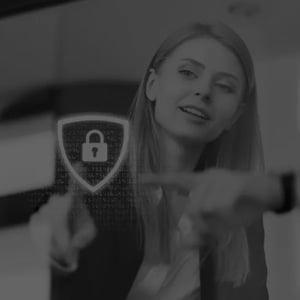
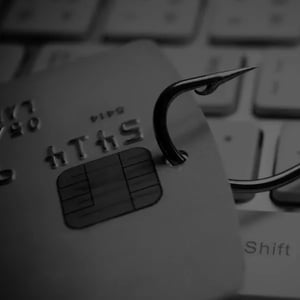
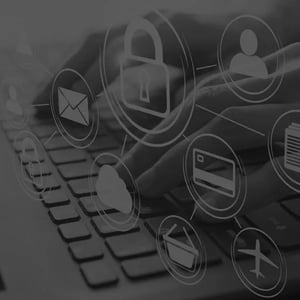
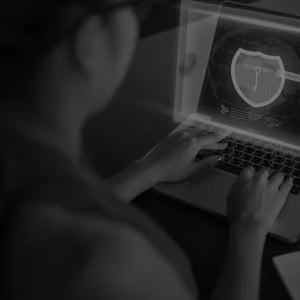



WHAT IS HUMAN RISK?
COMMON THREATS THAT PREY ON HUMAN RISK
Phishing is one of the most common cyber threats that prey on poor security awareness. Clicking on a suspicious email attachment can have catastrophic effects on you and your networks, and hackers have diversified their approach by branching out to other forms of messaging, including phone calls or “voice” phishing (vishing) and SMS text phishing (smishing). Not knowing which messages and attachments are safe to open is a vulnerability hackers are anxious to exploit.
Often, phishing and other hacking campaigns can result in your system’s network being infected by malware (malicious software) or ransomware, which can hold your network, your operations, and your information hostage until a ransom is paid. Being targeted by malware or ransomware is unfortunate for any organization, and a lack of Security Awareness can make a bad situation even worse, as not knowing what to do in such a high-stress event can lead teams to making unwise decisions in moments of panic.
HOW TO MANAGE HUMAN RISK THROUGH SECURITY AWARENESS
Security Awareness training is how cybersecurity experts help organizations and their employees deal with human risk.
These training problems preach good practices, and common sense solutions, ensuring that Human Risk will be minimized as a vulnerability for your organization. Not everyone is a cybersecurity expert, but everyone can be cyber-secure.
Good Security Awareness programs understand that most employees may not find cybersecurity particularly fun, and strive to make their programs engaging, varied, and beneficial. With expert help, employees at your organization can become Security Champions, and take valuable lessons in cybersecurity to heart.
Sometimes, for organizations that do not believe they have the bandwidth or the resources to build their own security department, opting for a Security Department as a Service can be a great way to tailor comprehensive security solutions to your organization.
By going with an SDaaS, organizations can have their security and learn it too, as experts can build out your security apparatus while also instilling good security practices to help build your organization’s security culture.
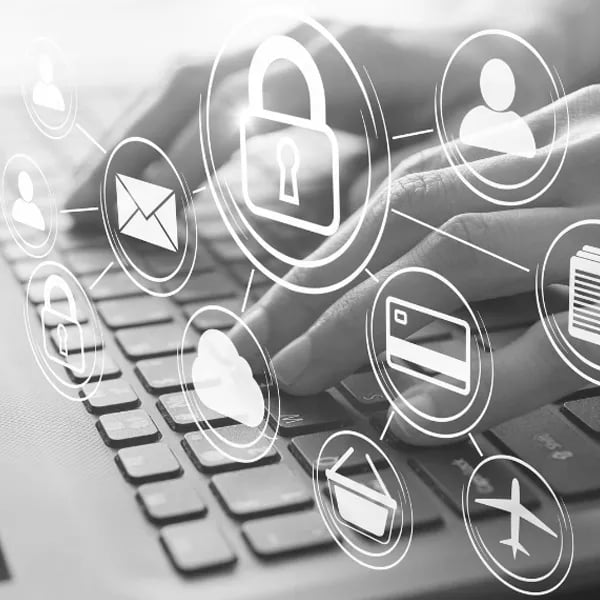
SECURITY AWARENESS: BEST PRACTICES
Security Awareness programs, above all, preach good security hygiene. Bogging down employees with the technical nuances of cybersecurity is less effective than teaching good, simple habits that employees will understand, remember, and put into practice. Here are some ideas that many Security Awareness programs discuss:
Multi-Factor Authentication (MFA)
MFA is one of the easiest and best safeguards against unauthorized access to company accounts. Multi-Factor Authentication (MFA) is a security process that requires users to provide two or more forms of identification before accessing their account. The goal of MFA is to provide an additional layer of security beyond a simple username and password, which can be easily compromised. MFA combines multiple authentication methods to ensure that only the right person is accessing sensitive information.
These authentication methods can include
- A PIN
- A login token on a secondary device (such as a smartphone)
- Biometric factors such as a face scan or a fingerprint
Ensuring your employees have MFA optionality for their accounts affords added protection to their log-ins.
Strong Passwords & Passphrases
Besides MFA, having strong passwords is an excellent way for employees to secure their accounts. Password reuse is one of the most common cybersecurity blunders. Having a series of long, strong, and unique passwords, which can be stored in a trusted password manager, helps eliminate this problem.
Some tips for creating a strong password include making sure:
- Your password is long (at least characters in length)
- It has a variety of symbols and numbers
- It is devoid of easy patterns or obvious personal information.
In addition, passphrases (passwords consisting of multiple words) can also be an effective and more easily remembered alternative.

Phone Safety
In addition to their personal computers and other devices, many employees store sensitive company information on their phones, making phone safety a top priority. Employees knowing what steps to take to protect their phones from threat actors can keep this information secure.
These steps include:
- Installing only App Store and Google Play supported apps
- Being mindful of app permissions
- Backing up your valuable data
These and other tips help to make smartphones safe and reliable devices for employees.
